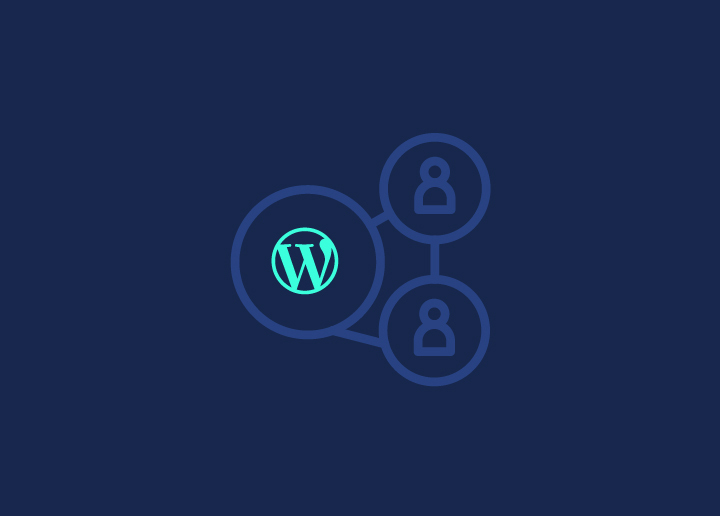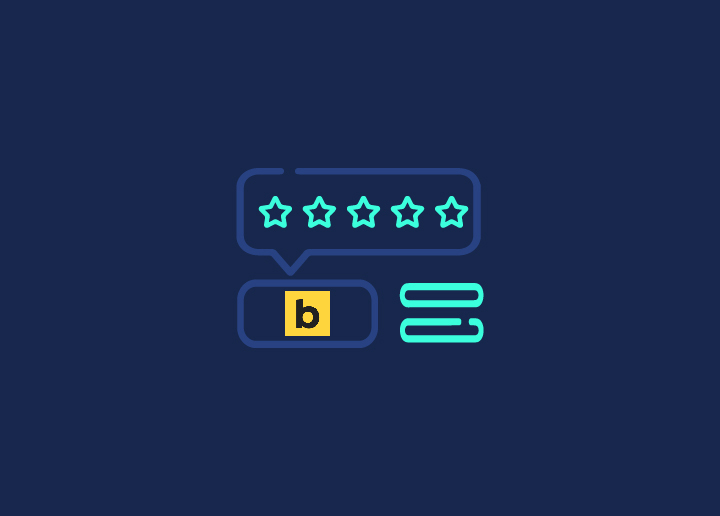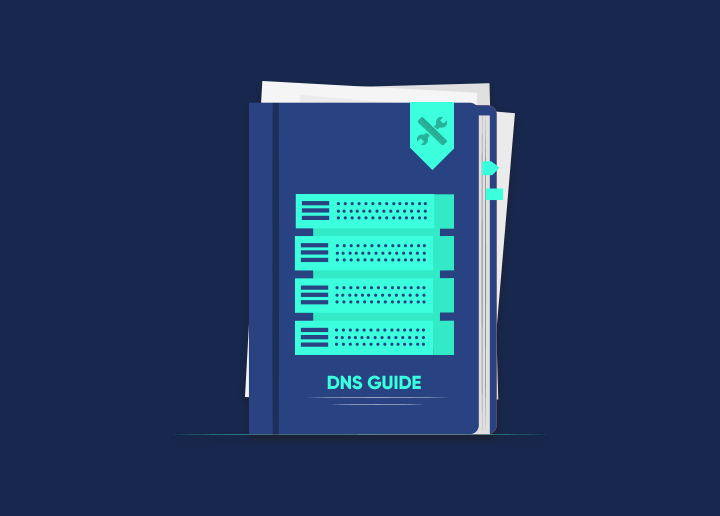DNS, or the domain name system, is a naming system that locates and converts internet domain names into Internet Protocol (IP) destinations. The domain name system connects the word that humans use to find a website to an IP address that computers use to find that website.
Most web activities rely on DNS to link users to different servers. DNS mapping is disseminated across the internet. Access providers and organizations often allocate their own IP address ranges and domain names. DNS servers are often used to maintain the links to those destinations. The web address of the internet server accepting client requests is used in most Uniform Resource Locators (URLs).
DNS servers translate URLs and domain descriptions into computer-readable IP addresses. They convert what a person puts into a browser into information that a machine may use to locate a webpage. DNS resolution refers to the process of interpretation and lookup.
How does DNS work?
The basic DNS resolving procedure is as follows:
The user enters an internet address or domain address into a browser.
The browser sends a message to the network called a recursive DNS query to determine the IP or network location the domain belongs.
The query is forwarded to a regional DNS server, which is likewise delivered and called a recursive resolver. The internet service supplier is typically in charge of this (ISP). If the DNS resolver finds the address, it returns it to the user, and the webpage loads.
Suppose the recursive DNS server cannot find a response. In that case, it will query the following servers in the given order: DNS root identity servers, high-level domain (TLD) name servers, and authorized name servers.
The three types of servers collaborate and continue diverting until they find a DNS record with the requested IP address. It transmits this data to the subsequent DNS server, and the user’s desired URL loads. DNS name servers and TLD servers generally redirect requests and seldom resolve them.
The database servers, caches, or domain names, including the IP address when it receives an order for that domain name, too, may answer the user straight rather than ask other servers.
An error message is returned if the request finds the authorized server and cannot locate the information.
The entire querying of the multiple servers through the DNS process takes a microsecond and is typically invisible to the user.
Once you’ve bought a domain, you’ll have access to DNS via your provider’s WordPress website. DNS stands for Domain Name System, and it’s the tool you use to control where your domain points to.
Understanding the basics of DNS management for your WordPress site will help things go more smoothly when you create a new site, move it to a new hosting provider, or buy additional domain names.
Conclusion
DNS servers respond to queries from both within and outside their respective domains. When a server gets a question related to a name or destination within the domain, it answers authoritatively.
When a server receives a request for a name or destination outside of its domain, it routes the demand to another server, generally operated by ISP.
Every computer with an internet connection has a unique IP address that other computers use to find it. DNS servers let individuals type common words into their computers without remembering the IP address for each website.
If you want to find more information on DNS, head to Seahawk Media.


















